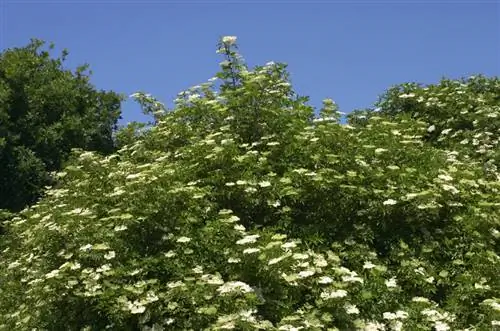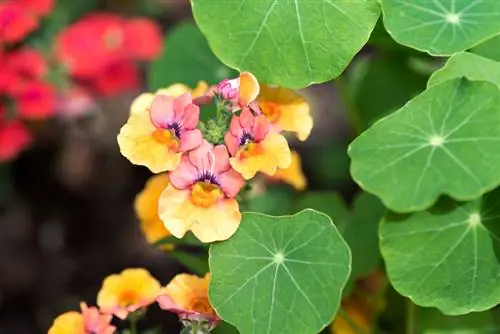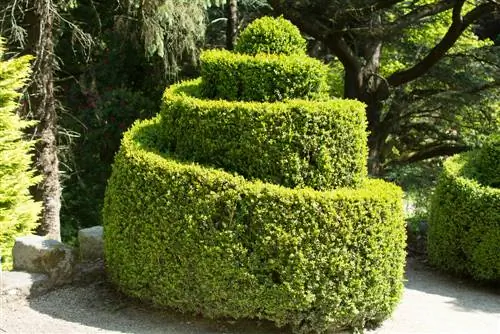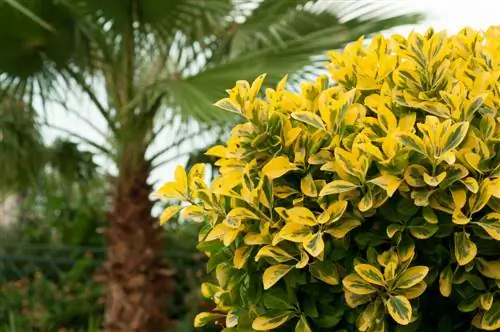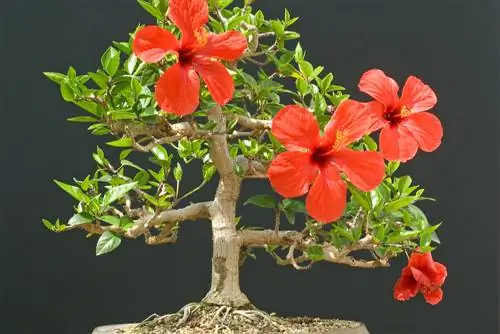- Author admin [email protected].
- Public 2023-12-16 16:46.
- Last modified 2025-01-23 11:22.
Designing a bonsai requires a lot of attention and care. There is an art to making trees into a miniature form. The tree lives under restricted conditions and requires balance in every respect. It also plays an important role in the root ball.
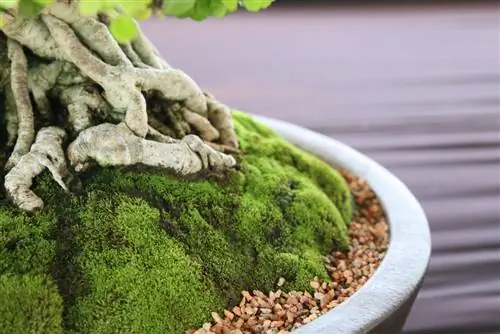
What functions do bonsai roots have and how are they cared for?
Bonsai roots are responsible for water absorption, nutrient storage and anchoring. In order to form a balanced root ball, old roots are pruned and lateral root growth is encouraged when repotting. The tourniquet method helps promote a new root base.
Root growth
The bonsai develops a miniature root system that performs the same functions as the roots of normal-sized trees. With increasing age, root strength increases due to growth in thickness. Their outer skin becomes woody, so that these structures appear trunk-like.
Tasks of the roots:
- Absorption of moisture and dissolved s alts
- Anchoring the bonsai in the earth
- Storage of nutrients
Evolution of roots
The roots grow as protrusions from the vegetation cone into the soil in search of nutrients and water. This forms the part of the plant body that is equipped with division tissue and can thus ensure the formation of new plant organs. A root cap protects the cone from injury. It lives for a few days and then decomposes into a slimy mass.
Root hair
These structures appear as fine hair fuzz at the root tips. The more fine roots the plant has, the larger the surface area it absorbs water and nutrient s alts and the more vitally the bonsai grows. The rear root area is used to transmit and store these substances so that the metabolism of the mini tree is maintained.
Shaping the root base
The formation of the root ball plays an important role in the art of bonsai. It follows the principle that there is a balanced relationship between the tree crown and the root ball. The appearance, on the other hand, is influenced by individual taste, but here too there are generally applicable techniques. They refer to the formation of the Nebari. This root base refers to the superficial and trunk-like roots.
Cutting the roots
When repotting a bonsai, pay attention to root pruning. Cut off old and dead root parts to support vigor and promote leaf growth. The tree develops new suction roots at the base of the trunk. Remove strong roots that grow vertically downwards. This shifts the growth to the laterally pronounced root strands. The tree invests its energy in these areas, so that the lateral roots become thicker over time. This method can be used to form a ball with radial roots.
Tip
A bonsai is usually repotted between March and April or when the soil is completely rooted.
Promote new roots
The tourniquet method is used to form a new Nebari over the old one. Place a copper wire (€11.00 on Amazon) around the base of the trunk and make sure that it fits snugly against the bark. The tissue becomes constricted in this way as the trunk expands. This restricts nutrient transport and forces the bonsai to develop new roots above the ring. The measure is recommended for spring, before the new growing season begins.


